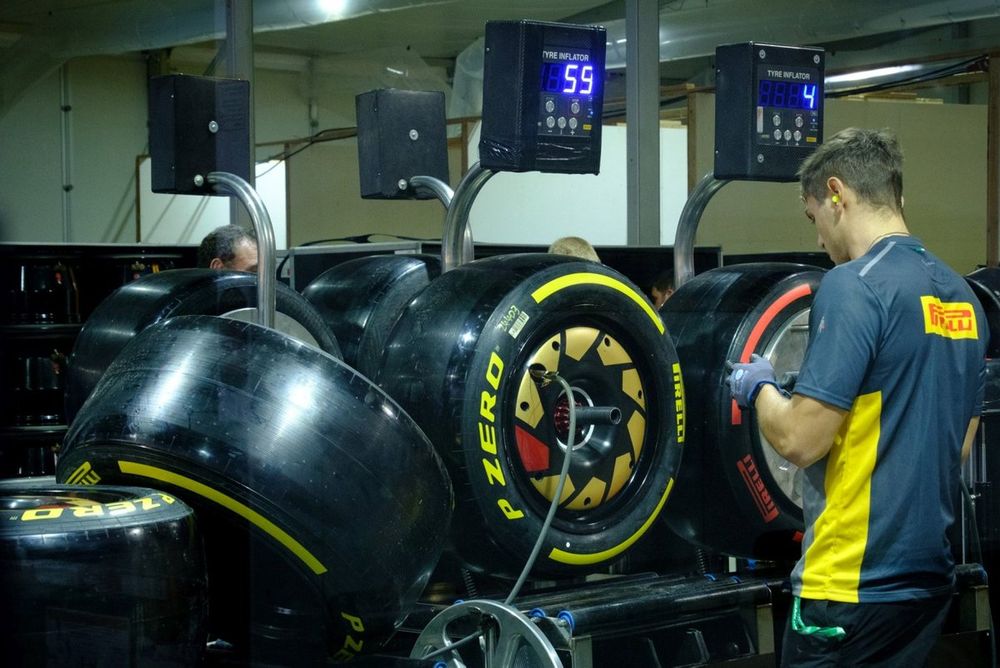The Italian company has been evaluating making changes to its tyres in a bid to eradicate the increased presence of thermal degradation, which has notched up a level this year.
The trait of tyres overheating has been labelled by senior sources in the F1 paddock as the ‘enemy of racing’, as it prevents drivers from being able to push hard and challenge rivals aggressively for passes.
The issue of tyres overheating was discussed at the most recent meeting of the F1 Commission – where calls were made for a focus on addressing it and improving the raceability of tyres in the future.
That same meeting approved a scrapping of a planned tyre blanket ban for 2025, which will help reduce the burden on Pirelli to try to work on two fronts with testing developments next year.
So rather than having to create tyres with the extra warm-up characteristics that would be required if there were no blankets, now Pirelli can concentrate far more on just addressing the overheating issue.
Pirelli’s F1 chief engineer Simone Berra said the path was now clear for a testing programme to be put in place that can help it come up with better compounds for 2025.
“At least now the target is clear, and clearer compared to previous weeks,” he said.
“We know that we need to work in 2024 with development tests to produce a new generation of compounds. And this will be the target.
“We will continue to improve the reliability of the tyres in terms of structure, but the compounds will be the focus for our 2024 development plan, and we will work obviously more focusing towards the overheating.”
Photo by: Erik Junius
Pirelli tyres preparation
Berra said that the first stage for Pirelli was to spend the next few weeks analysing the 2023 data to get a proper grasp of why overheating was so much more of a problem this year.
“We want to try to understand why, from 2022 to 2023, the overheating effect was higher. What was the reason?” he added.
“After this analysis, which we will do at the end of the season, we will try to understand where to work on the compounds to improve this aspect.
“Obviously, we would like to have drivers able to push as much as possible and not to be managing the tyre temperatures. This is the target from our side obviously.”
While there have been suggestions that one of the core contributors to overheating is the construction of the tyre – especially in the shoulder area…
Click Here to Read the Full Original Article at Motorsport.com – Formula 1 – Stories…

